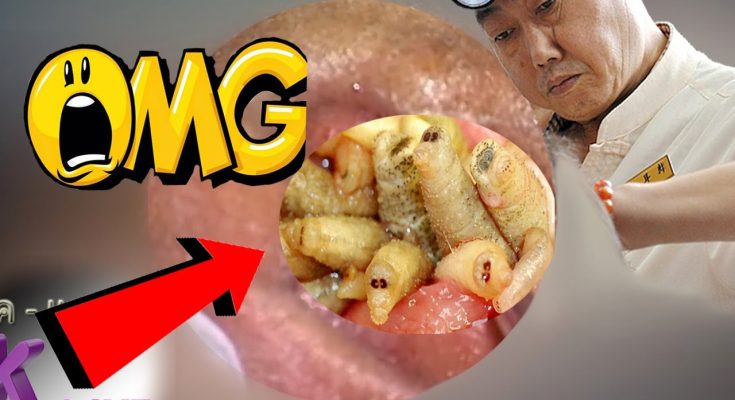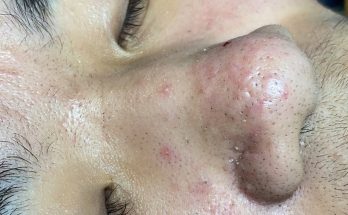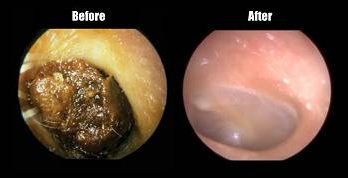Maggots in Ear: A Rare Case at MAA ENT
In an unusual and alarming case at Maa ENT Hospitals, an 18-year-old patient presented with an ear infection characterized by foul-smelling discharge due to cholesteatoma. This severe condition inadvertently attracted houseflies, which laid eggs in the ear canal, leading to the development of maggots. Despite the rarity of such an occurrence, the skilled medical team successfully removed the maggots and repaired the patient’s ear.

Understanding the Condition:
Cholesteatoma:
Cholesteatoma is an abnormal skin growth in the middle ear behind the eardrum. It often develops as a cyst or sac that sheds layers of old skin, which can build up and potentially become infected. Symptoms include persistent ear infections, discharge with a foul odor, and hearing loss. If left untreated, cholesteatoma can cause serious complications, including the destruction of ear structures and the spread of infection to nearby areas.
How Maggots Enter the Ear:
Maggots in the ear, or myiasis, occur when fly larvae infest and feed on the necrotic or infected tissues. This condition is particularly rare in modern clinical settings but can happen in cases where wounds or infections are not adequately managed. The flies are attracted to the smell of infection, where they lay eggs that hatch into larvae (maggots), further complicating the infection.
The Case at MAA ENT Hospitals
In this specific case, the patient had been suffering from cholesteatoma, leading to chronic infection and malodorous discharge. The poor hygiene and severity of the infection created an ideal environment for flies to lay their eggs. The maggots that emerged exacerbated the patient’s condition, requiring immediate medical intervention.
Treatment and Management:
The medical team at Maa ENT Hospitals acted swiftly to address this rare condition. The primary steps included:
Mechanical Removal: Using specialized instruments, the doctors carefully extracted the maggots from the ear canal.
Infection Control: The ear was thoroughly cleaned, and the infected area was treated with appropriate antibiotics to prevent further infection.
Surgical Repair: The underlying cholesteatoma was surgically addressed to prevent recurrence. This involved removing the abnormal growth and reconstructing the ear structures as needed.
Why This Case is Rare
Incidents like this are uncommon due to advancements in medical hygiene and the availability of antibiotics. However, certain factors can increase the risk:
Poor Hygiene: Neglect in maintaining ear hygiene can lead to severe infections.
Environmental Conditions: Warm and humid environments can promote fly activity.
Delay in Treatment: Prolonged untreated infections can attract flies, leading to myiasis.
Prevention and Care
To avoid such rare but serious conditions, it is crucial to maintain proper ear hygiene and seek prompt medical attention for any ear infections. Here are some steps to consider:
Regular Cleaning: Ensure ears are kept clean and dry.
Timely Medical Intervention: Do not ignore persistent ear pain or discharge.
Protective Measures: Use ear protection in environments prone to fly activity.
Regular Check-ups: Regular ENT check-ups can help catch and treat conditions early.
While the incident at MAA ENT Hospitals was effectively managed, it serves as a stark reminder of the importance of ear health and hygiene. If you or someone you know experiences symptoms of ear infection, seek medical advice promptly to prevent complications. Stay vigilant about ear hygiene and protect yourself from such rare but possible occurrences.
For more information or to schedule an appointment with our ENT specialists, visit MAA ENT Hospitals today. Your health and safety are our top priorities.
Maggots in the ear can develop under various circumstances. Here, Dr. Meghanadh, the renowned ENT Specialist from MAA ENT Hospital, Hyderabad, explains the different scenarios that can lead to this condition.



